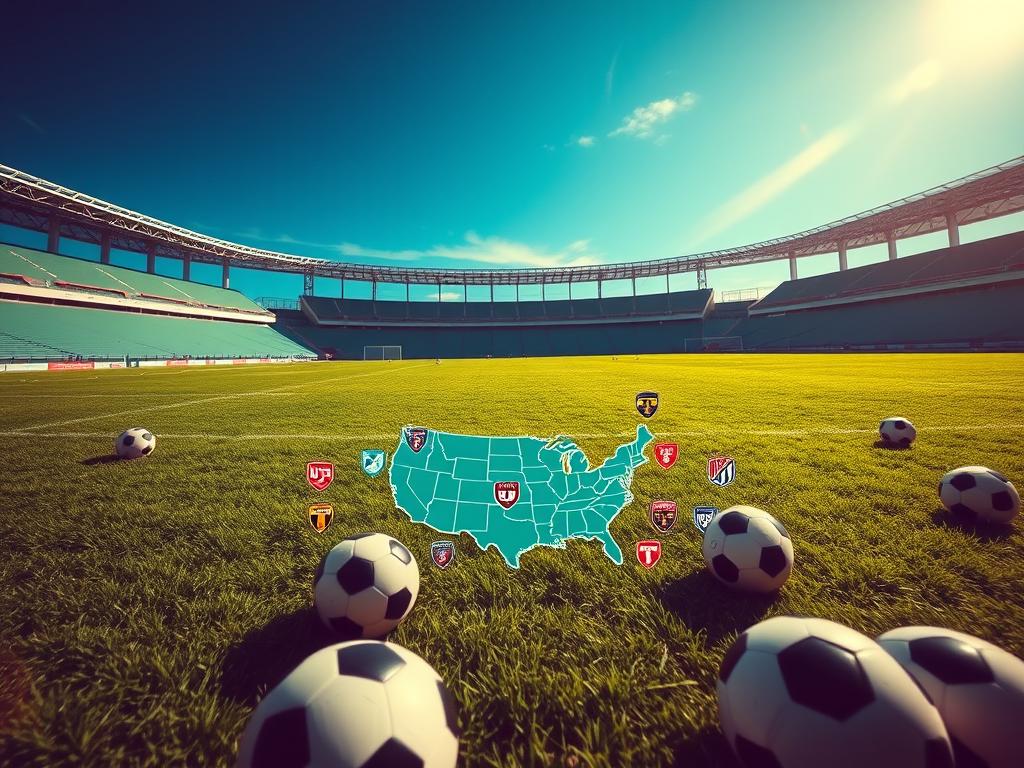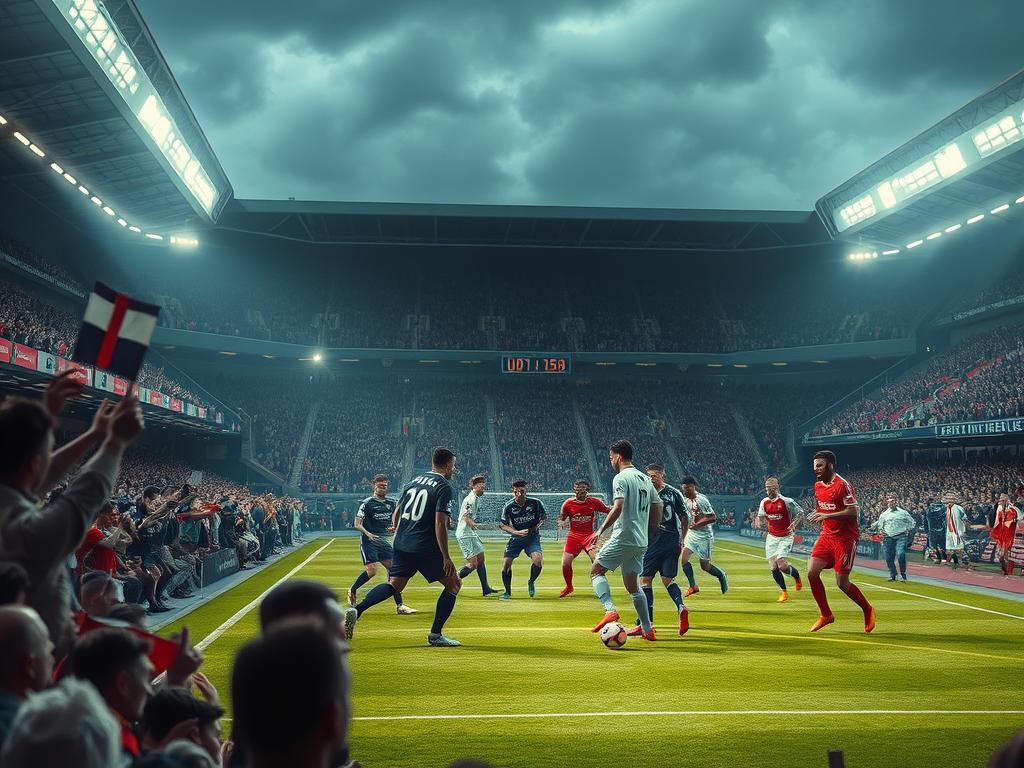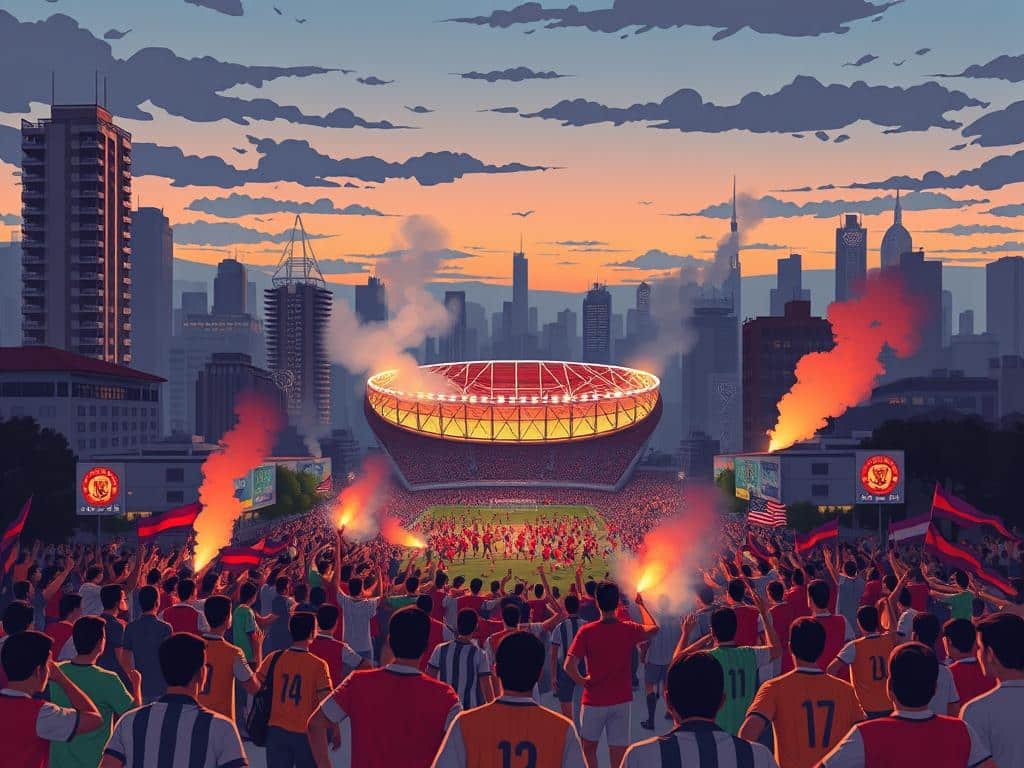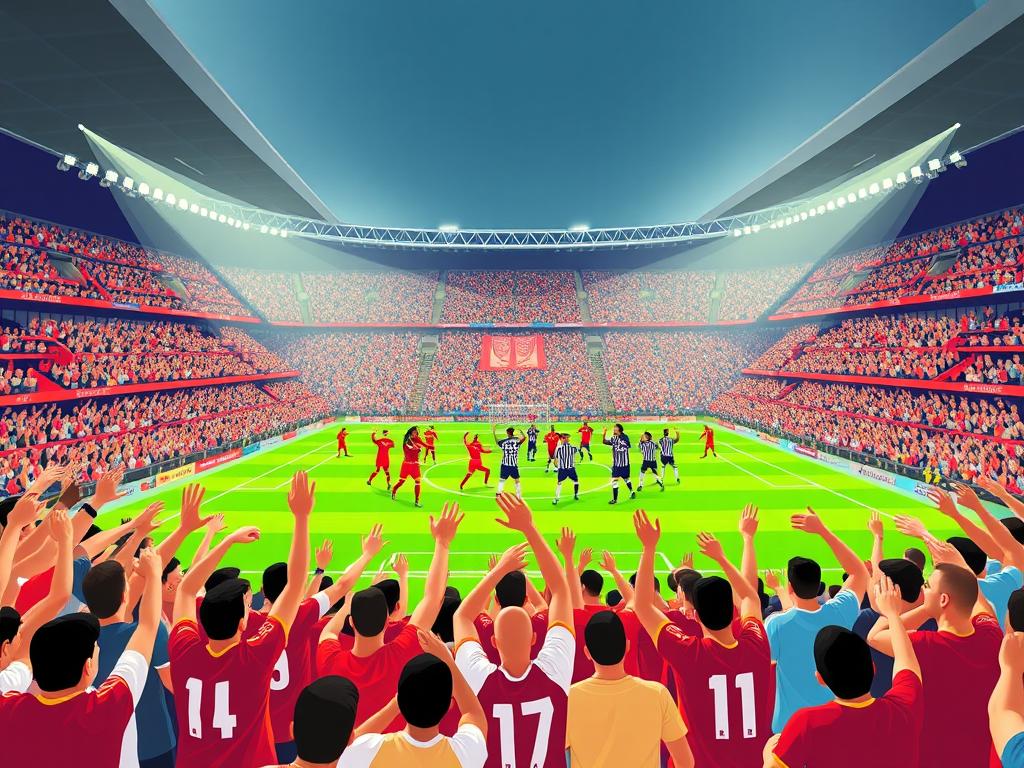Ever wondered how Major League Soccer grew from just 10 clubs to nearly 30? The journey has reshaped the sport across the United States, bringing new fans, rivalries, and stars like Messi into the mix. Expansion isn’t just about adding teams—it’s about fueling passion for the game nationwide.
From San Diego FC’s 2025 debut to record-breaking fees, the league’s strategy mirrors other North American sports. But what drives this growth? And how does it impact fans like you? Let’s kick off this exploration of triumphs, challenges, and the future of the beautiful game.
The Evolution of Major League Soccer Expansion Teams
Building a successful league required tough decisions and bold moves. The early years shaped how clubs join today, with some wins and painful lessons along the way.
From Humble Beginnings: The Original 10 Teams (1996)
The league kicked off with ten clubs spread across the country. Markets like Tampa Bay showed promise but struggled to build lasting support. These pioneers set the stage for growth.
Early Expansion: Chicago Fire and Miami Fusion (1998)
The fire miami fusion experiment showed two paths for new clubs. Chicago Fire won both MLS Cup and U.S. Open Cup in their debut season. Playing at Soldier Field, they built an instant fan base.
Meanwhile, the chicago fire miami contrast couldn’t be sharper. Miami Fusion paid four times more to join but folded after four seasons. Their temporary stadium situation hurt attendance and revenue.
Contraction and Lessons Learned (2002)
By 2002, the league made a shocking move – cutting two Florida teams. This contraction proved necessary for long-term health. It led to new rules about soccer-specific stadium requirements.
Today’s vetting process for expansion team owners reflects these hard lessons. The early struggles created a stronger foundation for the modern game we enjoy.
Major League Soccer Expansion Teams: A Strategic Growth Story
The mid-2000s marked a turning point for the league’s growth strategy. New clubs had to prove they could win fans and trophies—fast. Some succeeded. Others became cautionary tales.
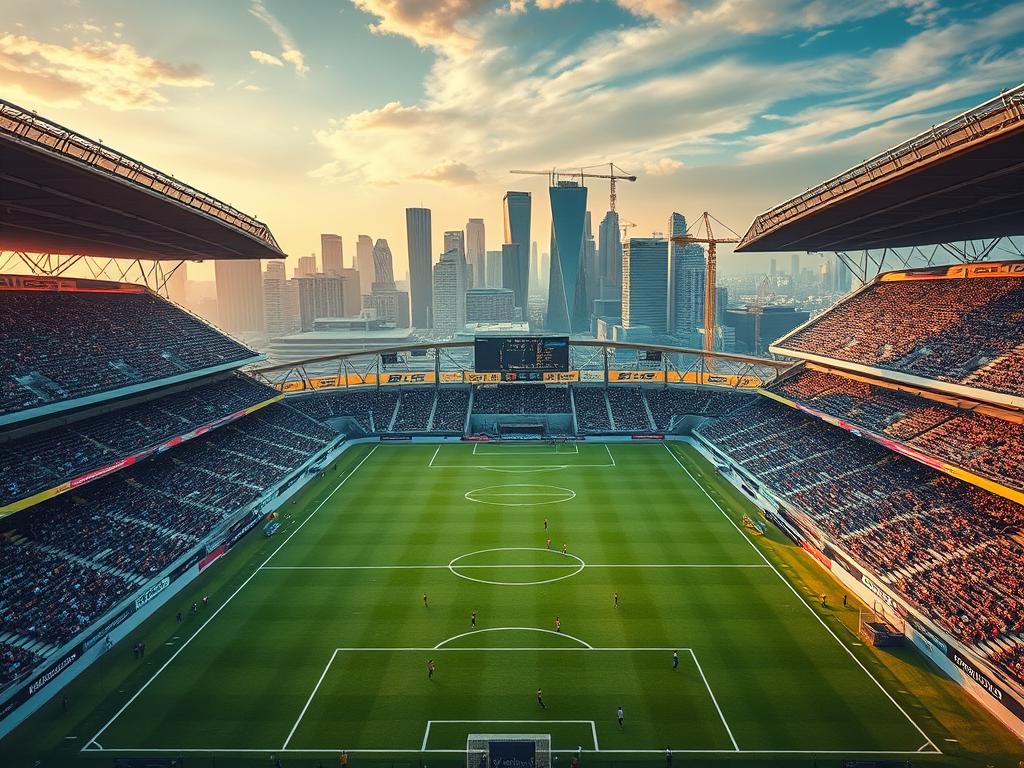
Real Salt Lake and Chivas USA: The 2005 Experiment
Real Salt Lake and Chivas USA joined for $7.5 million each. Their paths diverged immediately. RSL built a soccer-specific stadium by 2008. Chivas rented a baseball park.
Chivas USA targeted Hispanic fans. But poor execution led to low turnout. By 2014, they folded after lawsuits over discriminatory practices.
Meanwhile, RSL won the 2009 MLS Cup. Their success proved smart planning beats flashy branding.
Toronto FC and the Canadian Invasion (2007)
Toronto FC broke Canada into the league. Their first years were rough—an eight-year playoff drought. But passionate fans packed BMO Field.
In 2017, they silenced critics. A treble (MLS Cup, Supporters’ Shield, Canadian Championship) redeemed their struggles. Vancouver and Montreal later followed their blueprint.
Seattle Sounders: Redefining Success (2009)
Seattle didn’t just join the league—they rewrote the rules. Drawing 30,000+ fans to NFL stadiums, they showed scale matters.
Their USL roots helped. So did converting football tailgates into soccer parties. Today, they’re the model for clubs eyeing promotion.
Recent MLS Expansion Teams and Their Impact
From record-breaking crowds to global superstars, recent additions are rewriting the rules. These clubs didn’t just join the league—they redefined what success looks like. Let’s dive into their stories.
Atlanta United: A Southern Soccer Revolution (2017)
Atlanta United exploded onto the scene with 48,000 fans per game—a league record. Their secret? Sharing Mercedes-Benz Stadium with the NFL’s Falcons. This bold move proved soccer could thrive in football territory.
The club’s fans, dubbed the “Five Stripes,” turned matches into parties. By 2018, they hoisted the MLS Cup, showing new clubs could win fast.
Inter Miami and the Lionel Messi Effect (2020)
When Lionel Messi signed with Inter Miami in 2023, jerseys sold out in minutes. His $150M deal included Apple TV revenue and equity—a first for MLS.
Even playing in temporary DRV PNK Stadium, Messi’s magic drew global attention. Suddenly, pink kits were hotter than summer in Florida.
St. Louis City SC: A Legacy Reborn (2023)
After 30 years of waiting, St. Louis City SC debuted in 2023 with a stadium downtown. Their opener smashed merch sales records, proving the market’s hunger for soccer.
Unlike Charlotte’s NFL-sized crowds, St. Louis’ intimate venue became a community hub. It’s a blueprint for future expansion.
The Future of MLS Expansion: What’s Next?
The next chapter of MLS growth is already taking shape, with exciting new markets joining the fold. From record-breaking fees to strategic partnerships, the league is positioning itself for its most ambitious era yet.

San Diego FC: The 30th Team (2025)
San Diego will make history with a $500 million entry fee—the highest ever. The club’s ownership group includes leaders from both MLS and Liga MX, creating unique cross-border potential.
Their Snapdragon Stadium home gives them instant credibility. The venue hosted the 2023 College Football National Championship, proving it can handle big events.
Potential Markets: Las Vegas, Phoenix, and Beyond
Las Vegas offers glitz and tourism, but can it build local passion? The success of the Golden Knights (NHL) shows the market’s potential for new sports.
Phoenix Rising FC already plays in a 10k-seat stadium. As a 2026 World Cup training site, the city could fast-track its MLS bid.
Other contenders include:
- Detroit (strong ownership group pre-COVID)
- Sacramento (previously approved before delays)
- Canadian markets like Calgary or Edmonton
MLS Commissioner Garber’s Vision Post-2026 World Cup
“We’re focused on quality over quantity,” MLS Commissioner Garber stated in 2023. The World Cup will test markets before any new expansion decisions.
Garber hinted at a possible 32-team league by 2030. This would allow balanced conferences and more regional rivalries.
MLS Next Pro will likely serve as a testing ground for new cities. The reserve league helps gauge fan interest before top-flight commitments.
The beautiful game’s North American journey continues to unfold. With smart growth and passionate clubs, the future looks brighter than ever.
Challenges and Opportunities in MLS Expansion
Growth brings both excitement and hurdles—here’s how the league navigates them. From stadium dilemmas to cultivating local passion, each new addition must solve unique puzzles. The rewards? Thriving fan base networks and elevated competition.
Balancing Competitive Quality with Growth
NYCFC’s eight-year wait for a soccer-specific stadium ended in 2023 with their Queens breakthrough. Playing at Yankee Stadium limited their revenue and atmosphere. Now, their new home could level the playing field.
With expansion fees soaring from $20M (1998) to $325M (2023), only deep-pocketed owners can join. This excludes community-owned models but ensures financial stability. The MLS commissioner recently emphasized salary cap tweaks to maintain fairness as more clubs enter.
Soccer-Specific Stadiums: A Key to Success
Nashville SC’s GEODIS Park proves design matters. Its steep stands create deafening noise—unlike NFL venues with distant sightlines. Compare this to Austin FC’s Q2 Stadium, where “culture collectives” blend music and sport.
Three non-negotiables for new venues:
- Downtown locations (like St. Louis’ CITYPARK)
- Under 30,000 capacity for intimacy
- Shaded seating for summer matches
Fan Engagement and Building Local Identities
Minnesota United’s Wonderwall fan group started with 50 members in 2016. Today, they fill entire sections with tifos and chants. Their secret? Early involvement in roster decisions.
St. Louis taps its youth clubs too. Seven academy graduates debuted in 2023—a way to cement community ties. When supporters see hometown players, loyalty skyrockets.
Las Vegas faces the ultimate test: Can a tourism-driven market sustain local passion? The answer may shape the next wave of growth.
The Road Ahead for Major League Soccer
The beautiful game in North America is just getting started—here’s what’s coming next. By 2040, we could see a 40-team league with promotion/relegation, mirroring Europe’s elite clubs.
Post-Messi, the world will watch for the next superstar signing. Could a Liga MX merger or women’s mls expansion be next? The possibilities are endless.
Which city deserves a team? Las Vegas’ glitz or Phoenix’s passion? The choice is yours—vote with your heart.
Keep scoring goals, fans. The future is bright.

